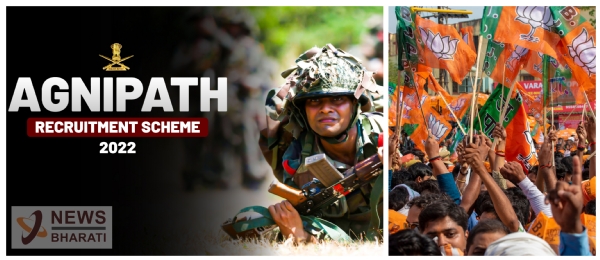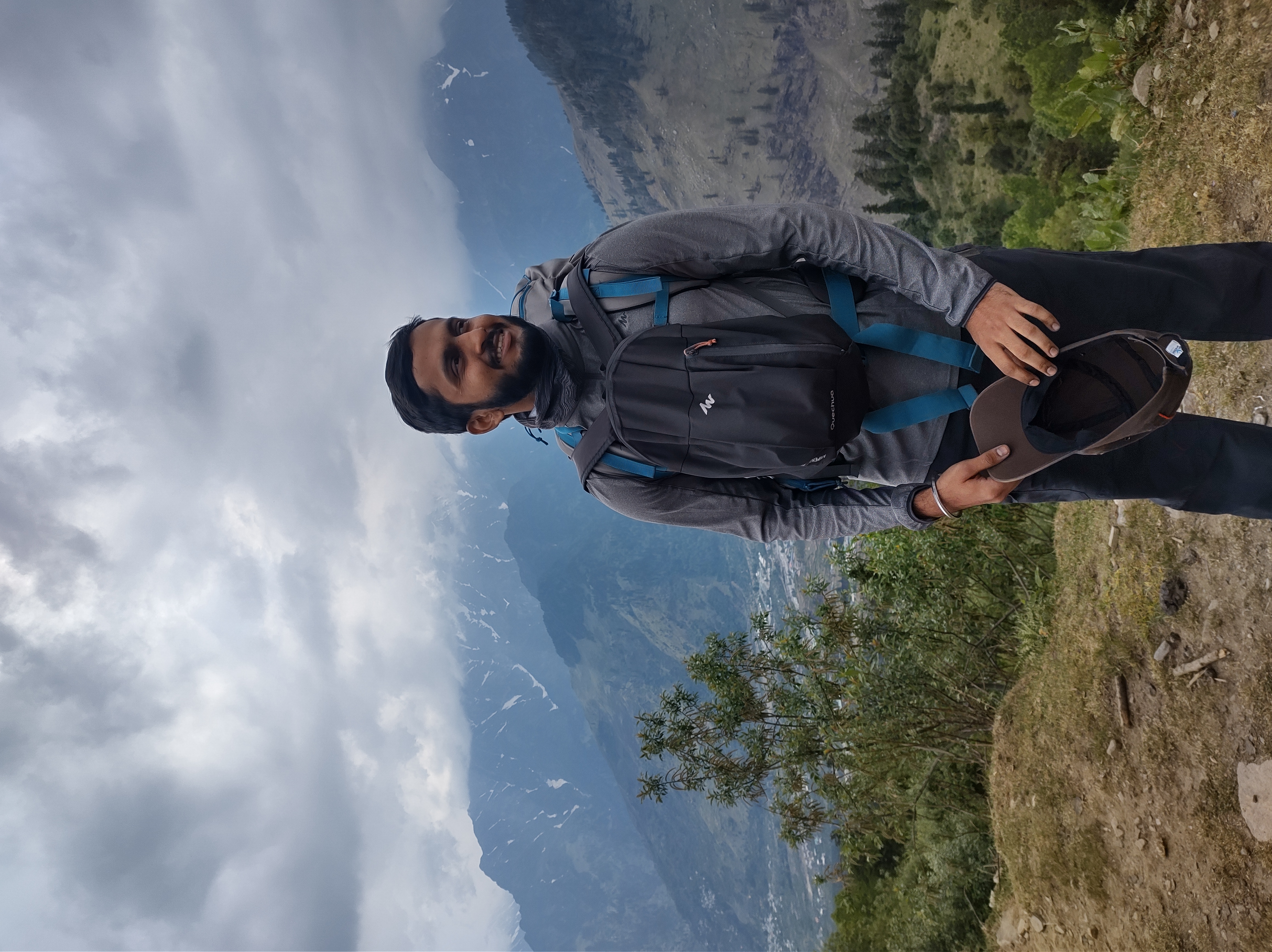The socio-political and electoral aspects of the Agnipath scheme
While we are all proud of our army, and rightly so, we rarely look at the regional and caste structure of our army. For one reason or another, it is deemed a taboo subject to even look into. But the fact is that there are social realities in India and caste is a key factor.
Total Views |
The Agnipath scheme introduced by the Modi government is getting mixed reactions from Military veterans as well as the public. Most of these reactions are on the basis of the merits of this scheme. But very few of them are talking about the social impact of this scheme, and hardly anyone is talking about the socio, political and electoral impact of this scheme. Let's try to analyze that.

First of all, even though the scheme is applicable to all three services of the Indian military, in this article we will be talking about the Indian Army, as it is the army that is the manpower-heavy branch of our military. Now, while we are all proud of our army, and rightly so, we rarely look at the regional and caste structure of our army. For one reason or another, it is deemed a taboo subject to even look into. But the fact is that there are social realities in India and caste is a key factor. Then there is the social aspect, which is to say, the socioeconomic background of the soldier. If we look at this and the electoral churn and shift in the current ruling establishment’s voter base, we might be able to get an idea of the socio-political as well as the electoral aspects of this scheme.
Let us first look at the electoral results of the recently concluded UP elections. The largest state in India, by far. In this election, BJP managed to secure a historic second consecutive Full majority government in the state for the first time ever and for the first time since 1984 for any party in the state. Now, the victory of such historic proportions does not make itself up by repeating the same old social and electoral calculations. The BJP did something very different which has proved to be the watershed move on the Indian political spectrum. The BJP secured a huge majority of Dalit votes for the first time on such a huge scale. Many psephologists and political experts failed to see this change on the ground but a few did. C-Voter director and psephologist Yashwant Deshmukh talked about this on many forums as well as senior journalist Nalin Mehta has written about BJP’s outreach to the Dalit communities in his book called, The New BJP. Mr. Deshmukh argued that the BJP’s victory in UP since 2014 is not just about the consolidation of Upper castes and OBC, but also because of substantial backing by the SC community. He argued that the Upper Castes and OBCs have always been a BJP stronghold. The consolidation among these communities helps BJP gain a few seats but it cant get the kind of majority it is getting since 2014 just based on the two groups. Especially, if we look at the vote share, BJP touched 50% vote share in the 2019 Lok Sabha elections. This cannot happen without the support of the Dalit community. Mr. Mehta also has written extensively about the implementation of the various schemes by the center and the state on the ground level. He has mentioned the preferential treatment and excellent communication established by the BJP unit in UP and the Yogi Adityanath’s government. These two arguments are enough to say that the BJP’s electoral base is now expanding toward the SC-ST community at a rapid pace. Even the critics and the opponents of the BJP started lashing out against the Dalit community after the UP elections by calling them the ‘foot soldiers of Hindutva’.
Now, let’s come back to the army and its social structure within it. The old ‘Jai Jawan, Jai Kisan’ slogan still remains on the ground. That is to say that the social composition of the Army soldiers is largely from the farmer’s background. In large parts of northern India, Agriculture and the army are the only career options for many generations with the possible exception of the Police. The entire Hindi heartland for decades was described as BIMARU states which include Bihar (Jharkhand too), Madhya Pradesh (Chhattisgarh too), Rajasthan, and Uttar Pradesh. This is the area that has had little to no private sector investment for decades for a variety of reasons. Because of the lack of Private sector jobs, the only jobs were in the government. And the most prestigious of them, that required minimum formal education was the Indian Army. Now, there are families across India which have a tradition of joining the Army. seeing this opportunity, some academies, and training institutions started coaching the army aspirants. Because of this, the avg cost of training an army aspirant has gone up to Rs.1-2 lakh in two years. The academies teach physical training, shooting ranges, etc. to train the aspirants for army recruitment. The land-owning communities can somehow manage to gather such sums by selling their land or taking loans against it. This gives them a substantial advantage against those who either do not get into such rigorous training or who cannot afford to get into it.
Now, the land-owning communities across India are either Upper Castes or OBCs. Hardly any SC-ST community owns large amounts of land anywhere in India. If we start from Punjab to Western UP, Jats own maximum farmlands. In Central UP, Eastern UP, and Bihar it is Yadavs and the Upper Castes that own farmland. These communities have been the socially as well as financially dominant ones in the respective regions. But, these regions also hold substantial and in some cases more Dalit communities than the OBCs and Upper Castes which own almost no land at all but work on the farms of big landlords. In that scenario, an army aspirant from the SC-ST community inevitably faces a sharp climb against well-trained aspirants from land-owning communities who can afford to or somehow manage to spend Rs.1-2 lakh for two years of a boy’s training.
Also Read: Agnipath: The BJP is reaping what they sowed
With the Agnipath scheme, the recruitment number has fallen dramatically from the conservative figures of 50-60 thousand per year to 10 thousand per year for now. Even at its best, this scheme will recruit 25 thousand recruits a year, which will be less than half of the current figures. Moreover, selection in the Agnipath scheme itself won’t be a permanent job, only 25% (10 thousand this year and 25 thousand maximum eventually) at the most will become permanent soldiers in the army. This means 75% or 30 thousand to 70 thousand soldiers will not be eligible for pensions after 4 years of service. At the end of this, the person will have only R11.7 lakh-Rs12 lakh at hand. This means an investment of around 2 lakh by selling land or taking loans, for a 4-year job which will give 11 lakh in return is not a suitable economic equation. On the other hand, unfortunately, for a young boy or a girl from the SC-ST community, the value of R11.7 lakh-Rs12 lakh is much more than it is for someone from a land-owning family. Which is how the Agnipath scheme makes it more desirable for a youngster from the SC-ST community and makes it less desirable for someone from the traditional catchment area of land owning community.
This means, that the Agnipath scheme also creates a level playing field for the SC-ST aspirants who could not join the army because of this inherent advantage that land-owning communities got due to the acquired wealth or availability of land. Government schemes should reach the poorest of the poor and the marginalized sections of the society is something that PM Modi has been talking about for years. If it happens to be the community that is a target voting community of the BJP, it certainly won’t complain.


